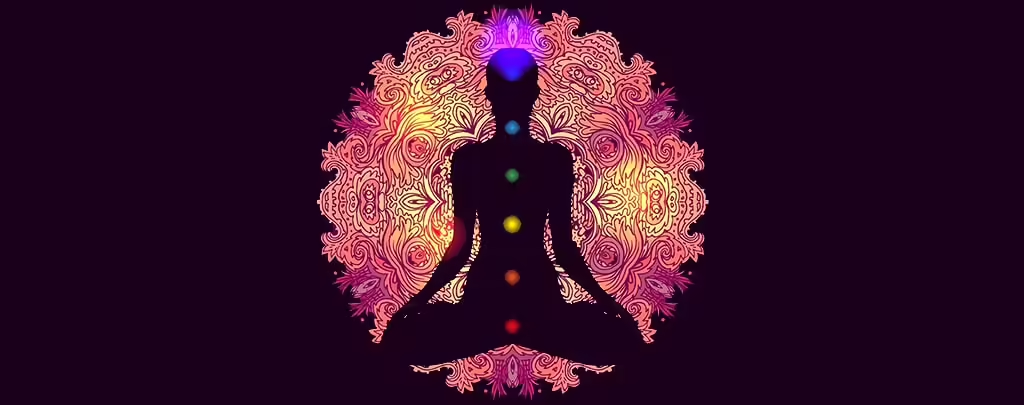Siderite stone – properties, virtues & benefits
A siderite is a category of meteorite. It is an iron carbonate, a mineral crystallizing in rhombohedral or rhombohedron crystals. This stone is composed mainly of nickel and iron (proportions and weights vary from specimen to specimen). Traces of other metals are also present. Like all other stones, siderite has many properties and virtues in lithotherapy, whether psychological or physical.
SIDERITE CHARACTERISTICS
- Chakra: Root.
- Properties: Magnetic, protective, energizing, physical healing.
- Astrology: Mars.
- Zodiac: Aries, ScorPio.
- Elements: Fire, Earth.
- Colors: Black, gray, silver.
- Hardness: 5.5-6.5 on the Mohs scale.
- Chemical Formula: FeNi (iron-nickel alloy).
- Associated god: Thor (in Norse mythology).
SIDER STONE – ITS HISTORY
The stone in question is often underestimated by collectors because of its brown color, which explains why it doesn’t feature much in collections. The world’s finest siderites are found in Isère, France, which is a privilege. Some of these stones have crystals that can reach 20 cm in size and still retain their brilliance. In Portugal, the Panasqueira mine has produced lenticular crystals of over 10 cm, while in Austria, the Herberg deposit has produced pretty rhombohedral crystals of 8 cm. In Brazil, the Porto Velho gold mine has yielded transparent honey-yellow crystals over 5 cm associated with quartz, and magnificent 15 cm crystals are extracted from the Ibituruna alPine cracks. Other parts of the world have also produced fine specimens, such as Italy’s Piedmont and England’s Cornwall. Each specimen is unique, so their weight also varies. However, the finest specimens come from veins in the French Alps, with crystals over 7 cm in size combined with plates of rhombohedral crystals from the St–de-Mésage (Isère), Mûre and Taillat mines.

SIDERITE STONE – ITS ORIGIN AND COMPOSITION
Siderite belongs to the carbonate family, along with Smithsonite (ZnCO3), Rhodochrosite (MnCO3) and Magnesite (MgCO3). It was described in 1845 by Wilhelm Karl Ritter von Haidinger and takes its name from the Greek word σίδερος or sideros, meaning iron. It was formerly known as spathic iron and has been discovered at Saint de Mésage, Allevard in Isère, Chamonix in the Mont-Blanc massif, at the Rivet quarry and at the Peyrebrune mine.
Siderite consists mainly of iron carbonate, although it’s rare to find a pure siderite stone. It can be reddish-brown, golden-brown, gold- or brown-speckled gray, and often contains manganese, magnesium, cobalt and zinc. It creates a continuous solid solution with rhodochrosite and magnesite, but the substitution of calcium for iron is limited due to the difference in ionic radii. It has antiferromagnetic properties.
Siderite transforms into limonite after oxidative weathering in moist air, taking on a brownish-black color. Many siderite samples are actually limonite pseudomorphs. It is mainly found in France, particularly in the Pyrenees and Alps. It is common in hydrothermal veins and sedimentary rocks, and can also form veins in Carboniferous terrains. This stone is present in soils (estuaries, lake sediments, carbonate-rich springs) and right down to subsoils (rocks, sediments, minerals), and has even been found in extraterrestrial materials such as interplanetary dust and meteorites.
Siderite is easily recognized because it’s made of metal and is attracted by magnets. For a more thorough test, it’s possible to cut the stone in half and pour in acid to observe strange shapes. However, it’s important to note that siderite should not be confused with meteoritic lithosiderites, which are composed of nickel and silicate minerals.

SIDERITE STONE – VERTIES AND PROPERTIES
The composition of this stone can help maintain calm during difficult or agitated times. It can help get rid of obsessive thoughts and ruminations. In addition, it can act on the blood and intestinal spheres.
PSYCHOLOGICAL SIDERITY
This stone is beneficial during periods of weakness and can improve the working atmosphere. It is recommended during contract negotiations and can arouse passion if the mood is not right. It is associated with quiet strength, calm and patience, due to its solid, stable and soothing color. This color is also associated with rootedness. This stone can be used as an elixir or worn as jewelry. Lithotherapy stores often offer beautiful necklaces made from this stone. The astrological signs associated with this stone are Aquarius, Taurus and Aries.
PHYSICAL SIDERITY
The stone has specific properties and mainly targets the well-being of the second brain. It is linked to the large intestine and spleen meridians, as its brown color is associated with the base chakra. It is therefore beneficial for digestive problems, preventing intestinal cramps and regulating transit to avoid constipation and colic. It can also reduce abdominal pain and acts on the vascular sphere by reducing varicose veins and hemorrhoids. It stabilizes iron metabolism and can help combat insomnia by promoting sleep..
In Chinese medicine, it is used to treat blood circulation problems, fatigue, blood clots and anemia. To use it, we recommend massaging the belly with siderite oil in a clockwise direction, or drinking siderite water. The stone must be recharged in sunlight or moonlight, and can be purified by rinsing in lightly salted running water. It can also be recharged and purified in an amethyst or quartz geode, or on a quartz cluster.
SIDER STONE – CLEAN AND RECHARGE
Siderite Stone can be cleaned and recharged in a number of ways. Here are some common methods:
Cleaning:
- Distilled water: rinse stone under distilled water and dry with a soft cloth.
- Fumigation: pass the stone over sage, palo santo or cedar smoke.
- Earth: bury the stone in earth for several hours or overnight.
Loading:
- Sunlight: place the stone under direct sunlight for a few hours, preferably in the morning or evening.
- Moonlight: leave the stone under the light of the full moon for an entire night.
- Crystal clusters: place the stone on a crystal cluster such as amethyst, quartz or citrine to recharge it with energy.
- Visualization: hold the stone in your hands and visualize positive energy filling and purifying it.
It is recommended to clean and recharge the stones regularly to maintain their optimal properties and energy.
WHERE DOES THE NAME SIDERITE COME FROM?

The name “Siderite” comes from the ancient Greek “sideros”, meaning “iron”. Siderite owes its name to its high iron content, being composed mainly of an alloy of iron and nickel. It is often found in meteorites, which are celestial bodies of rocky, metallic material that have survived entry into the Earth’s atmosphere and crashed to the Earth’s surface. Siderite is also found in sedimentary rocks and terrestrial hydrothermal veins.
WHICH CHAKRA DOES SIDERITE ACT ON?

Siderite Stone is associated primarily with the Root Chakra, located at the base of the sPine. The Root Chakra is considered the center of anchoring, stability and security. Siderite is considered a powerful anchoring stone that can help strengthen the connection with the Earth and anchor vital energy in the physical body. It can thus help balance and stabilize the Root Chakra, boost self-confidence and bring a sense of security and stability in difficult times.
WHICH ASTROLOGICAL SIGN IS ASSOCIATED WITH SIDERITE?

Siderite Stone is associated with the astrological signs of Aries and ScorPio. Aries is a fire sign that is often seen as courageous, passionate and energetic, while ScorPio is a water sign that is often associated with intensity, transformation and emotional depth. Siderite can help boost self-confidence and bring a sense of security and stability, which can be beneficial for people born under these signs, especially when facing important challenges or transitions in their lives.
SIDERITE STONE SUMMARY
Siderite stone is a mineral that belongs to the carbonate class. It is also known as “iron spar” due to its main composition of iron carbonate. Siderite stone is often brown in color, but can also be gray, yellow or green. It is found in many places around the world, including iron ore deposits.
Siderite stone is used in industry for the production of iron and steel, as well as Pigments, glass and ceramics. It can also be used as ornamental stone in construction. In addition to its industrial uses, siderite stone is also used in lithotherapy for its healing properties, believed to aid emotional and physical healing.


Leave a Reply
Want to join the discussion?Feel free to contribute!